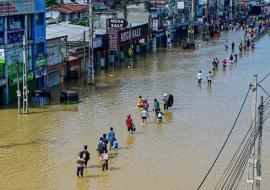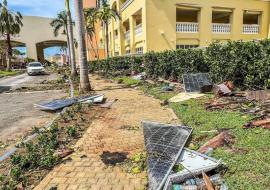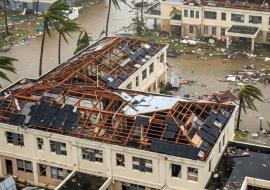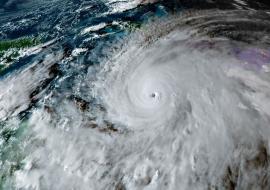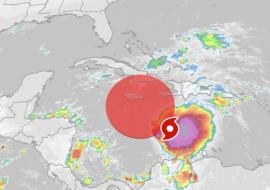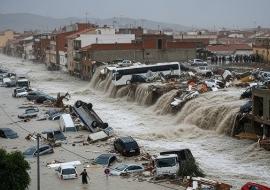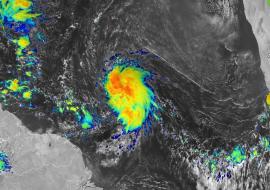Tropical Storm Gabrielle Could Threaten Millions in the U.S.
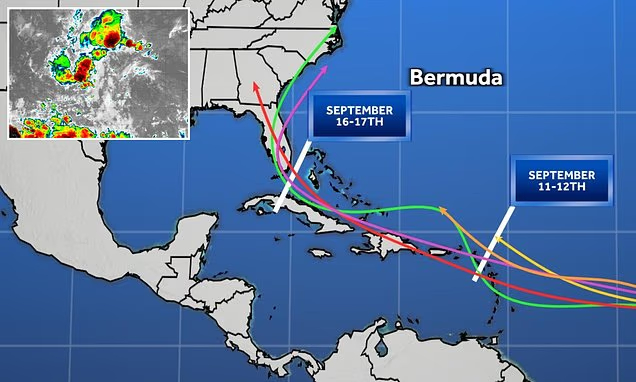
A new tropical disturbance in the Atlantic, identified as Invest 91L, could develop into Tropical Storm Gabrielle this weekend and pose a serious threat to the U.S. East Coast, meteorologists warned.
The National Hurricane Center (NHC) has given the system a 90% chance of developing into a tropical depression, the first stage of a cyclone, with the potential to strengthen into a tropical storm (39 mph) or even a hurricane (74 mph or higher). Currently, Invest 91L is a disorganized system with winds near 23 mph (37 km/h), but experts expect rapid intensification in the coming days.
Early track models, or spaghetti models, present concerning scenarios: some indicate the system could pass through Puerto Rico, the Dominican Republic, and Cuba before making landfall in South Florida around September 16, then move north through Georgia, the Carolinas, and Virginia. However, other forecasts suggest the system could veer into the Atlantic without making landfall.
The NOAA (National Oceanic and Atmospheric Administration) had already warned that September would be a critical month for Florida, highlighting a high risk of tropical cyclones between September 10 and 23. So far in 2025, six named storms have formed, including Hurricane Erin, which reached Category 5 strength in August.
If confirmed, Gabrielle would become the seventh named storm of the season and could impact 20 to 30 million Americans, according to the most aggressive models. The National Weather Service (NWS) Director, Ken Graham, reminded the public of the speed at which these systems can intensify: “Every Category 5 hurricane that has hit the U.S. was just a tropical storm three days before,” he cautioned.
Authorities stress that, while no official emergency has yet been declared, residents in vulnerable areas should begin preparing basic supplies such as water, food, fuel, and medicine, noting that more than 60% of Florida hurricanes have occurred after September 10.
The 2024 hurricane season left about 400 fatalities, the highest toll since 2005. Meteorologists emphasize that it only takes one storm to define an entire season.







